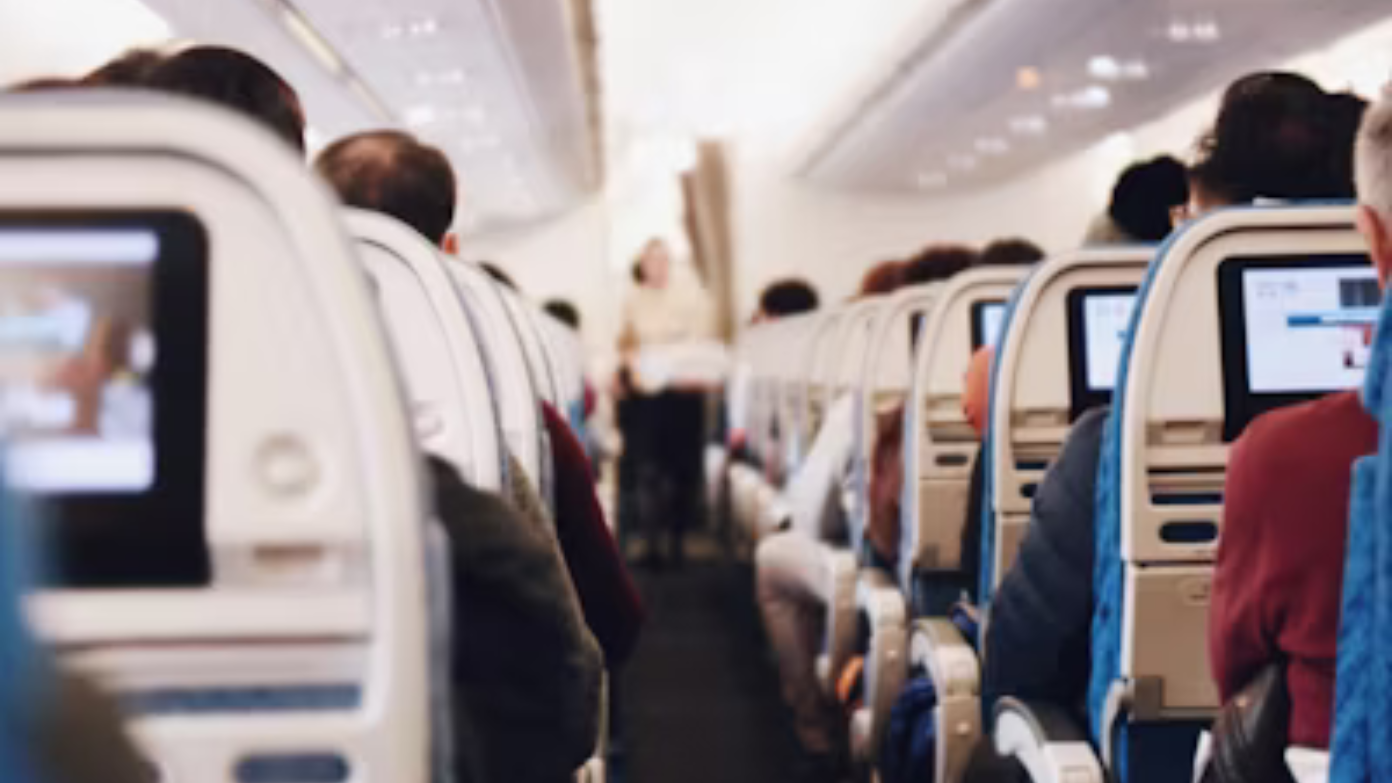Travelers across the United States are increasingly impacted as a combination of government shutdown-created staffing deficits and harsh weather patterns overlap across the nation’s airspace. The Federal Aviation Administration (FAA) has located nine Air Traffic Control (ATC) centers operating below capacity, ratcheting up the risk of extended ground delays, reroutes, and cancellation threats to travelers over the next few days.
Shutdown-driven staffing shortages
With the federal shutdown now firmly into its second week, the majority of the necessary FAA personnel—e.g., air traffic controllers—are still at work without pay. Transportation Secretary Sean Duffy warned that though staffing shortages generally account for some 5% of flight delays, that figure has escalated to 53% under the strains of the shutdown.
From controller sick calls to extended shifts leading to fatigue, the agency is struggling to achieve its usual staffing levels, forcing traffic managers to reduce operations at key airports in order to maintain safety buffers.
Nine ATC facilities impacted
In its updated operations plan that it published Thursday, the FAA cited nine control towers and radar stations in which staff shortages and weather have joined forces to strain the system:
- PHL AREA C (Newark Liberty International Airport)
- BDL (Hartford-Bradley International Airport)
- ZDC AREA 5 (Washington, D.C. approach control)
- ZBW AREA D (Boston/Northeast airspace)
- ROA Ops (Roanoke Regional Airport tower)
- ORD Ops (Chicago O’Hare tower)
- F11 Ops (Central Florida radar approach serving Orlando)
- ZAB Southeast/Southwest AREA (Albuquerque Center covering Arizona and New Mexico)
- ZID AREA 1 (Indianapolis Center)
As the FAA’s Air Traffic Control System Command Center reported early last Friday morning that national averages of delay are less than 15 minutes, there have already been pockets of severe disruption once staff triggers have been reached.
Weather woes compound delays
Aside from manpower shortages, low visibility, windy weather, and local thunderstorms have induced ground delays in Houston, Calgary, LaGuardia, and Newark last Thursday night. Even in regions that already suffer from controller shortages, mere moderate weather conditions can bring about arrival rates to be curtailed or ground stops on an interim basis, adding tarmac wait times.
Traveler impact and outlook
Through Wednesday, more than 2,000 flights have been delayed and roughly 50 canceled outright because of these dual pressures. Hubs such as Ronald Reagan Washington National, Orlando International, Newark Liberty, Boston Logan, Denver International, Chicago O’Hare, and Las Vegas McCarran all have intermittent slowdowns. Passengers should prepare for longer security lines—stemming from analogous TSA staffing tensions—and should monitor flight-status announcements closely, maintain flexible connections, and include additional layover time in itineraries.
FAA response and mitigation steps
In order to mitigate risks, the FAA has implemented flow-control steps: rerouting aircraft to less congested sectors, changing departure and arrival slots, and working together with airlines to pre-cancel proactively. Secretary Duffy emphasized, “Safety comes first,” citing that many controllers are flying double shifts in order to keep flying in the absence of compensation. The FAA has not issued a ground stop nation-wide, but authorities highlight that increased controller availability or worsening weather could lead to more widespread flow restrictions.
With no shutdown solution in sight, the FAA is being pushed to keep offering safe air travel on minimal resources. Travelers booking flights in the next week—especially those passing through the nine affected facilities—should expect delays, rerouting, and cancellations. Airlines are urging passengers to check in ahead of time, join text-alert programs, and have patience while the FAA makes its way through this unprecedented staffing crisis amid autumn’s mercurial weather patterns.
Read more: Bad news for the trucking industry – Trump slams 25% tariffs on medium- and heavy-duty trucks

